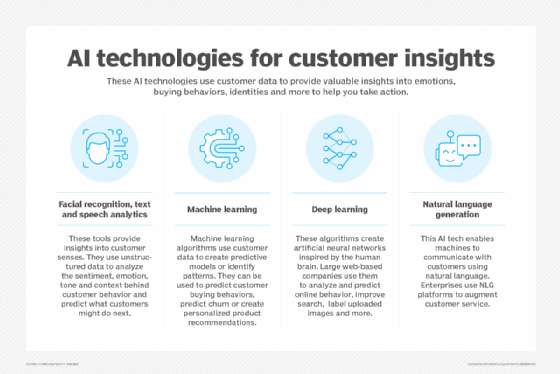
Fotolia
Why digital customer experience is now part of a CIO's job
Delivering a high-quality digital customer experience is becoming a key responsibility for IT leaders, say leading technology executives. AI and error budgets will come in handy.
Whether a company is born digital or has been around for decades, delivering a quality digital customer experience has emerged as a key performance indicator for technology leaders.
So said the CTO at Kayak, the CIO at DBS Bank and the CIO at Adobe, who expounded on this idea during a panel discussion at the2018 MIT Sloan CIO Symposium. The need for CIO involvement in digital customer experience is straightforward, they said: Customer satisfaction equates to company success, and technologies such as artificial intelligence and cloud are the link between the two.
The three technology leaders are aggressively shaping digital customer experience strategies that benefit their companies and customers. Doing this requires collecting data on how customers interact with the company and then finding ways to make those interactions more efficient -- and more intelligent. Here is what each had to say about using advanced technology to monitor, enhance and capitalize on customer experience.
Google's error budget concept for CX
 David Gledhill
David Gledhill
One of the most practical pieces of advice for creating an effective digital customer experience strategy came from David Gledhill, group CIO and head of group technology and operations at DBS Bank in Singapore. He encouraged the audience to follow his lead and steal Google's concept of an error budget, which can help companies strike a balance between moving fast and keeping customer service top of mind.
Editor's note: David Gledhill retired from DBS effective Aug. 1, 2019.
The error budget, a concept that's evolving at DBS Bank, is a joint key performance indicator between technology and operations "to gauge and monitor customer experience" on digital platforms, according to Gledhill. "Every time a customer gets a performance degradation or [experiences] a struggle, it counts against the platform," he said.
Whatever those strikes are -- be they performance issues or incomplete transactions -- the company should determine a threshold and "round everything up to a single number," Gledhill said.
Once the strikes against the digital platform hit the error threshold, developers have to stop and "refocus their efforts on solving those customer pain point interactions," Gledhill said. He pointed audience members to Google's book, Site Reliability Engineering: How Google Runs Production Systems, for more information.

Mapping the customer journey
 Cynthia Stoddard
Cynthia Stoddard
Cynthia Stoddard, senior vice president and CIO at Adobe, said AI and machine learning have always been a part of the software company's products. "We refer to it as the Adobe magic," she said.
But what the company is attempting to do now, she said, is to use those technologies to improve the customer's experience with Adobe products -- Adobe Creative Cloud being one example.
"What we want to be able to do with it is really unleash the power and let our customer have access to it so that we can remove the mundane and let people focus on the creativity," Stoddard said.
Part of Adobe's digital customer experience strategy is to map a customer's journey across its product set, which can help illuminate both customer friction points, as well as repetitive activity that might be ripe for automation.
"Our view of the world with AI, from a product perspective, is more of a 'Harry Potter' view of the world," she said. "We want to do good things and help people do their tasks quicker."
Stoddard said she uses an outside-in approach to understand the customer's perspective by "looking at [a customer's] journey points and ensuring that we remove all friction points." But she also said it's important to look at the world from an inside-out perspective, which focuses on designing for enterprise scale and efficiency.
When the two perspectives conflict, "the customer comes ," she said.
 Giorgos Zacharia
Giorgos Zacharia
Algorithms must put the customer . Giorgos Zacharia, CTO and chief scientist at Kayak, based in Stamford, Conn., demystified AI and machine learning as computational statistics with more computational power. "To me, there is nothing magic about it," he said.
At Kayak, the digital customer experience strategy is the strategy for the company, according to Zacharia. "The dominant metric is completion of transaction: Has the user found what they're looking for?" he said.
But, as Kayak's developers experiment with how to better serve their users, their ideas can sometimes produce an undesirable result. "If you change the user experience too much, the users might be taken aback," Zacharia said. "And it takes time to retrain them."
This happened recently when Kayak developers implemented a machine learning algorithm for sorting flights. Rather than sorting by price, the algorithm sorted by likelihood that a customer would complete a transaction.
"For some users, the 'snackers,' as we call them -- those who run a search to see what the current prices are -- they were taken aback that they didn't see the cheapest price on top," he said.
Zacharia and his team addressed the issue with a hybrid approach: The cheapest fare is on top, and the rest of the results are sorted by likelihood of conversion. "It works for the user -- for now," he said.






